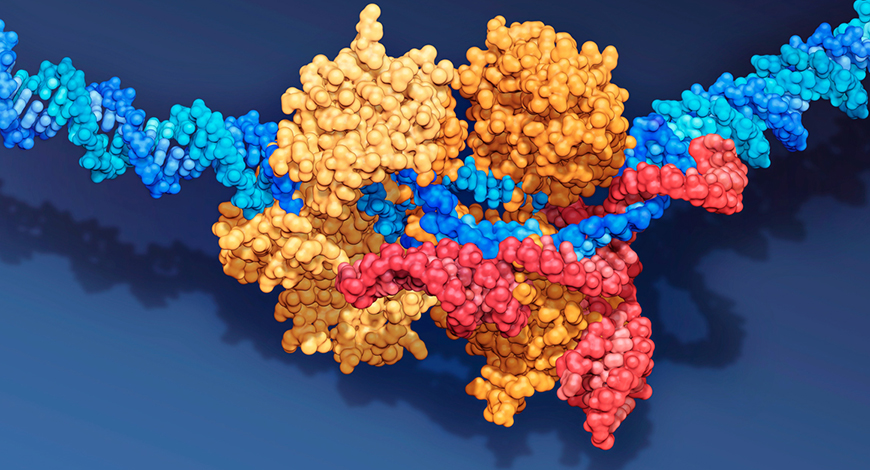
Using CRISPR technology to successfully prevent and treat SARS-CoV-2 infections
In what is believed to be the first, the research team led by Duke Health has shown a way to use CRISPR technology to succeed in preventing and treating Covid infections.
Experiments evidence of concept, which is carried out on mice, modifying the current lipid nanoparticles to provide certain crispr/CAS13 mRNA that produces an unfriendly environment in the lungs for SARS-COV-2 infections.
If further research in humans validates the approach, it can lead to preventive strategies that are not dependent on the ability of antibodies to recognize the structure of certain viruses, so that it will be effective from how viruses mutate. This approach also has treatment benefits, lowering the burden of viruses and prevents excessive immune reactions that can be deadly during infection.
Wang and his colleagues focus on proteases – enzymes that break down protein – called Cathepsin L, or CTSL. This protease is abundant in the lungs and has long been identified as playing a key role in SARS-COV-2 and many other Coronavirus infections, allowing the virus to enter the host cell and multiply.
Other research teams have tried to use CTSL inhibitors to thwart Coronavirus infection for years. Lab experiments promised, but tests on animals show disappointing results.
Applying CRISPR technology – basically rejecting genes to knock down certain function errors or, in this case, the function of the CTSL – Wang team creates a way to start CTSL inhibition safely.
CRISPR/CAS13, sent intravenously through lipid nanoparticles, reduced CTSL in animal lungs, which effectively and safely prevent the SARS-COV-2 virus from entering cells and infecting the host.
The benefits of the approach to prevent covid are limited time, lasting a few days than the month or year offered by the vaccine. But if the shipping system can be developed as an inhalations instead of IV, the drug can be managed by himself as a precaution before or immediately after the airline or a large meeting.
The approach not only prevents infection, but also shows potential as a treatment. Further experimentation in animals infected with Covid shows that nanoparticles published by crispr lowering viral loads in the lungs of animals with covid infections and inhibit the immune storms that trigger deadly cases. Animals treated have a higher level of survival.
Wang said there were challenges ahead, especially developing ways to provide therapy as inhalan, similar to how asthma therapy was taken.
“To our knowledge, this is the first study to show that CRISPR/CAS13 can be used as a treatment for SARS-COV-2 infections,” Wang said. “This nanosystem can be easily adapted in the future to target infections by other DNA viruses such as hepatitis B.”
Besides Wang, senior learning writers including Shan-Lu Liu and Yizhou Dong. Other Authors Include Zhifen Cui, Cong Zeng, Furong Huang, Fuwen Yuan, Jingyue Yan, Yue Zhao, Yufan Zhou, William Hankey, Victor X. Jin, Jiaoti Huang, Herman F. Staats, Jeffrey I. and Hongyan Wang.




